Lightship Kemi’s commuter boat
Artefact of the month - June 2022
In addition to other materials, the collections of the Maritime Museum of Finland include more than a hundred boats and two ships. Boats are space-consuming, difficult to move and their maintenance requires lots of work. Therefore, boats are quite demanding collections, which is why the threshold for accumulating a boat collection is high. The additions will only be made by deliberately supplementing the gaps relevant to the Maritime Museum’s recording mission. Collection materials, including boats, were acquired for the future needs of the Maritime Museum for a couple of decades before the Maritime Museum opened its doors to the public in 1981. The process of accumulating collections might have been a little more informal in the past and in some cases the origin of the materials and the ownership history have been forgotten due to a lack of written documentation. Which is also the case with the object of the month being presented now.
The natural starting point for tracing the story of the enigmatic vehicle that operates in the water was its overview: 7.4 metres long, lap-straked, equipped with a central motor, partially covered. The beautifully lined but solid wooden boat is clearly seaworthy and exudes the practical character of a work boat. On both sides of the bow of the boat that was in poor condition in terms of its paintwork, there were traces of a larger, round sign that pilot boats used to be marked with. Based on old photographs, it was discovered that a similar white-painted commuter boat was used in the lightship Kemi, which is part of the collections of the Finnish Maritime Museum. The final confirmation of the interpretation was obtained from the old interviews with the vessel manager, Job Heikkinen, and from the description of the motor vessel included in the M/A Kemi equipment found in the archives of the Maritime Museum. It was apparent that it was the same boat in question.
M/A Kemi was completed at the Pori workshop in 1901 and was named Äransgrund according to its first position. The ship’s original equipment included three boats: two 22-foot “barkassi” type boats and one 15-foot dinghy. One of the larger boats was reserved mainly for transporting pilots and the other one as a commuter boat. If necessary, they would also have been lifeboats, which was fortunately not needed during M/A Kemi’s long and multi-generational career, even though the autumn storms were fierce from time to time.
The most important and most frequent task of the lightship’s boats was to transport pilots, as the ship was also a floating pilot station. Before the first motorboat, acquired in 1936, the pilot boat moved with sails or by rowing. There was little weather reservation for the pilot and when the weather was poor, eight men might have been needed for the oars. Perhaps the most technically demanding single job on a lightship was the launching of a pilot boat into the water with high waves. If the timing failed even a bit, the boat easily filled with water or could even break. Of the ship’s two larger boats, the ship used regularly as a pilot boat was moored to the davits on the port side of Kemi, while the commuter boat was on the starboard side. At least while serving at the Kemi station, the boats could also be differentiated by their colour: the hull of the pilot boat was painted red and the commuter boat white.
Looking more closely at the boat connected to Finland’s last lightship, it can be concluded from the shipyard’s sign that it was completed in 1949 as a production of a shipyard in northern Finland, which operated in Martinniemi, Haukipudas. Used for the service of the government, the boat was given an official, although a bit unimaginative name “Motor Vessel No. 16” (Moottorialus N.o 16). Oak and pine had been used for the hull of the boat, and its propeller has been powered by 8–10 horsepower by the reliable, two-cylinder Olympia mid-engine from the Finnish engine factory. The engine is 13 years older than the boat and has been moved from the previous Kemi work boat to the new one. The boat’s diary from 1957 to 1965 shows that it operated mainly between the lighthouse and the city of Kemi or the pilot station of Ajos. In addition to the crew, it carried mostly food and mail, but also other necessities, such as laundry. A visit to Kemi took a whole day. The journey often started already at 4 or 5 in the morning, and the boat only got back in the evening. This was repeated one to three times a month as needed, so it was not a pleasure cruise. The Motor Vessel No. 16 served the need and the white bow of the boat was certainly always an expected sight when it returned home from a trip to the mainland.
2021–2022 restored M/A Kemi will be opened to the public at the Maritime Centre Vellamo on 27/6/2022. After the renovation of the commuter boat is completed, it will finally return to its familiar davits to be admired by all the people.
Timo Kunttu
Lightship Kemi:
https://www.kansallismuseo.fi/en/suomenmerimuseo/kokoelmat/museoalukset/lightship
The Nordic tradition of building a lapstrake:
https://wiki.aineetonkulttuuriperinto.fi/wiki/Limisaumaisen_puuveneen_veisto






-
2024
-
2023
-
2022
-
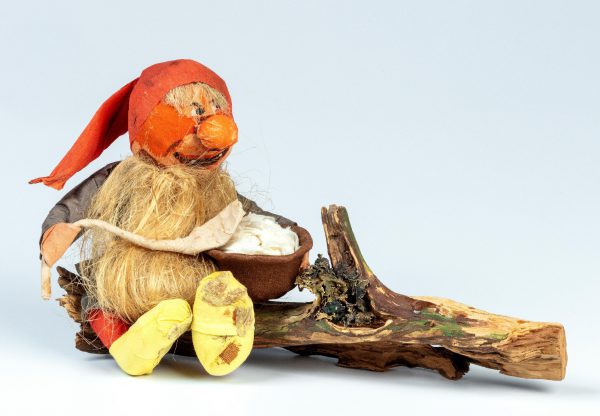 Elves
Elves
-
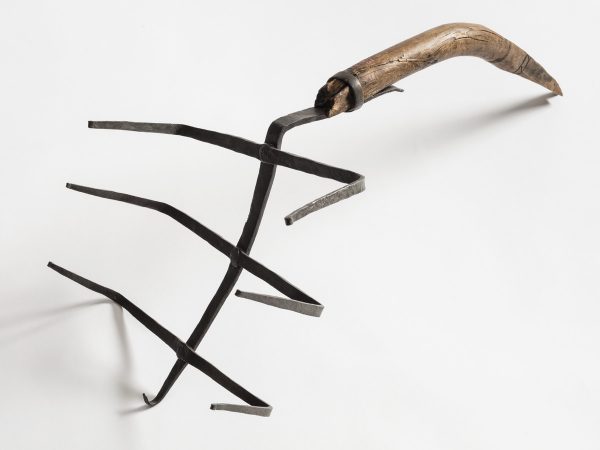 Fire rack and gig
Fire rack and gig
-
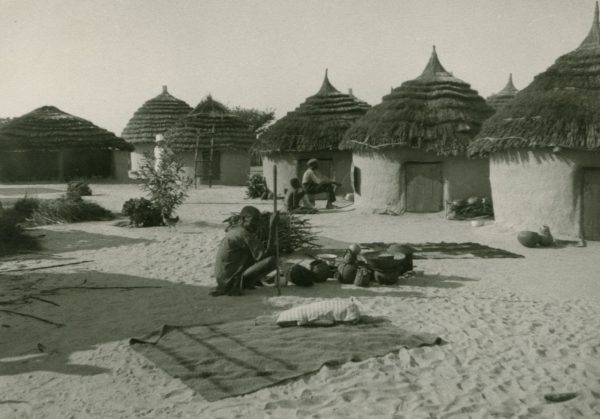 Ndonga-language hymn book
Ndonga-language hymn book
-
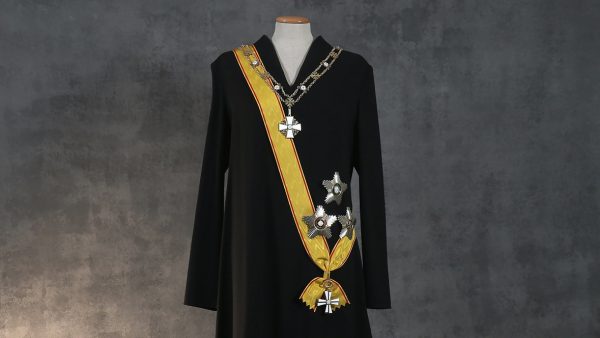 President Tarja Halonen’s inaugural attire
President Tarja Halonen’s inaugural attire
-
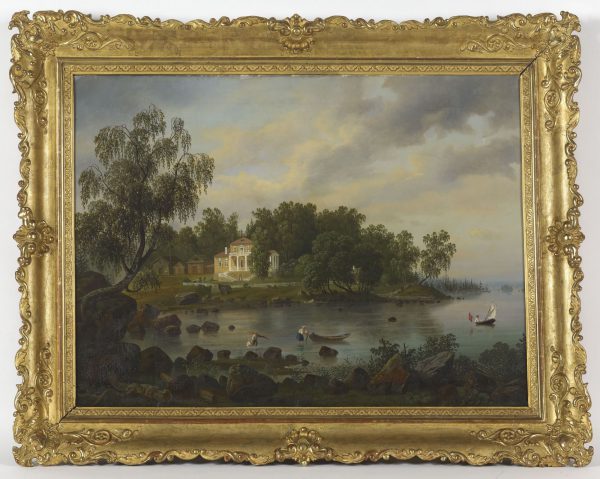 Landscape paintings from Vyborg
Landscape paintings from Vyborg
-
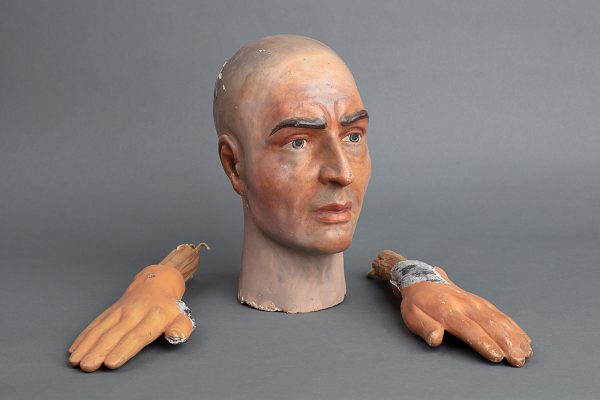 Matti Haapoja – From a piece of string to a leather patch of skin
Matti Haapoja – From a piece of string to a leather patch of skin
-
 Lightship Kemi’s commuter boat
Lightship Kemi’s commuter boat
-
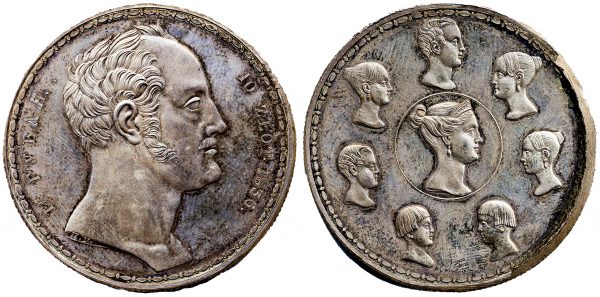 Family rouble 1836
Family rouble 1836
-
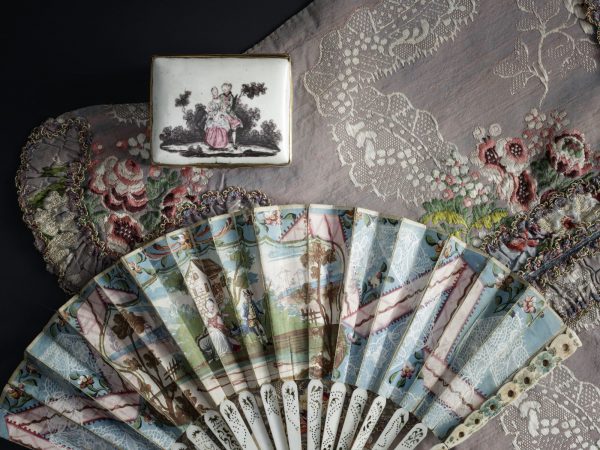 Snuff and patches
Snuff and patches
-
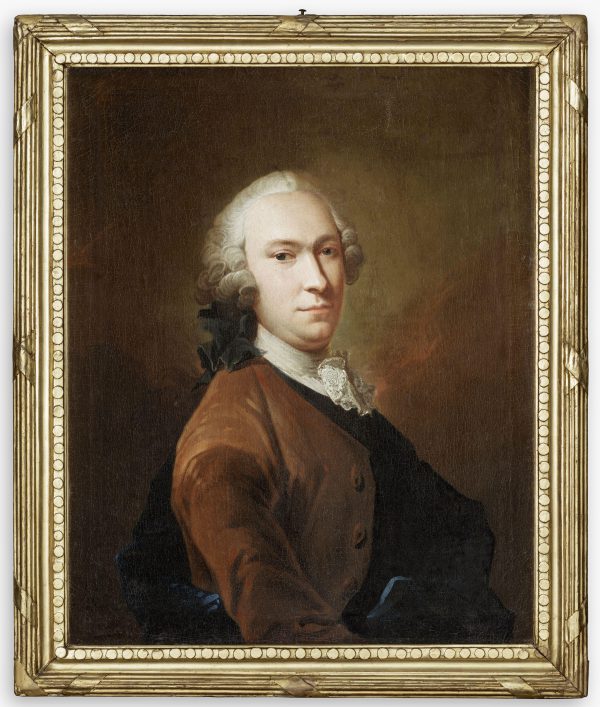 A new addition to Isaac Wacklin’s oeuvre
A new addition to Isaac Wacklin’s oeuvre
-
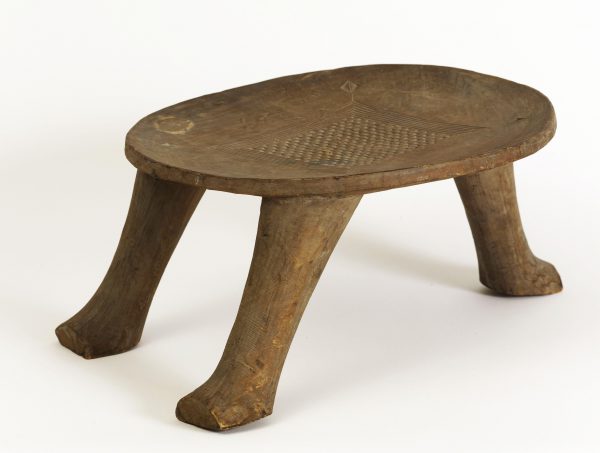 Kataklè stool’s journey from Dahomey via Paris to Helsinki
Kataklè stool’s journey from Dahomey via Paris to Helsinki
-
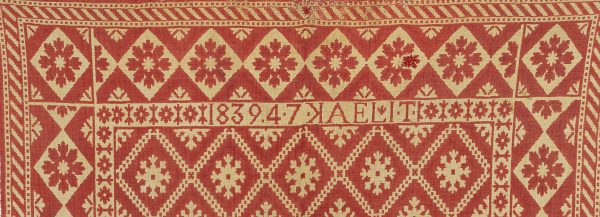 The mystery of the double cloth
The mystery of the double cloth
-
-
2021
-
2020
-
2019
-
2018